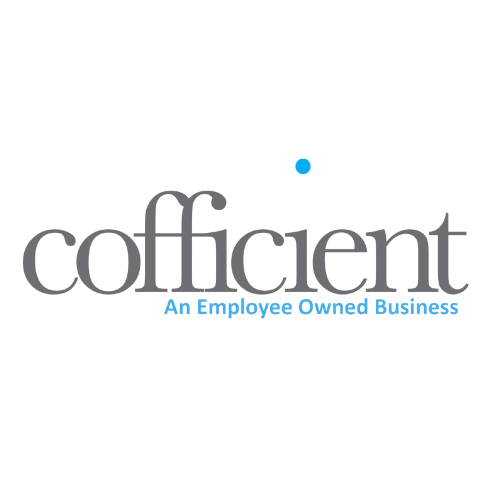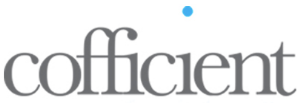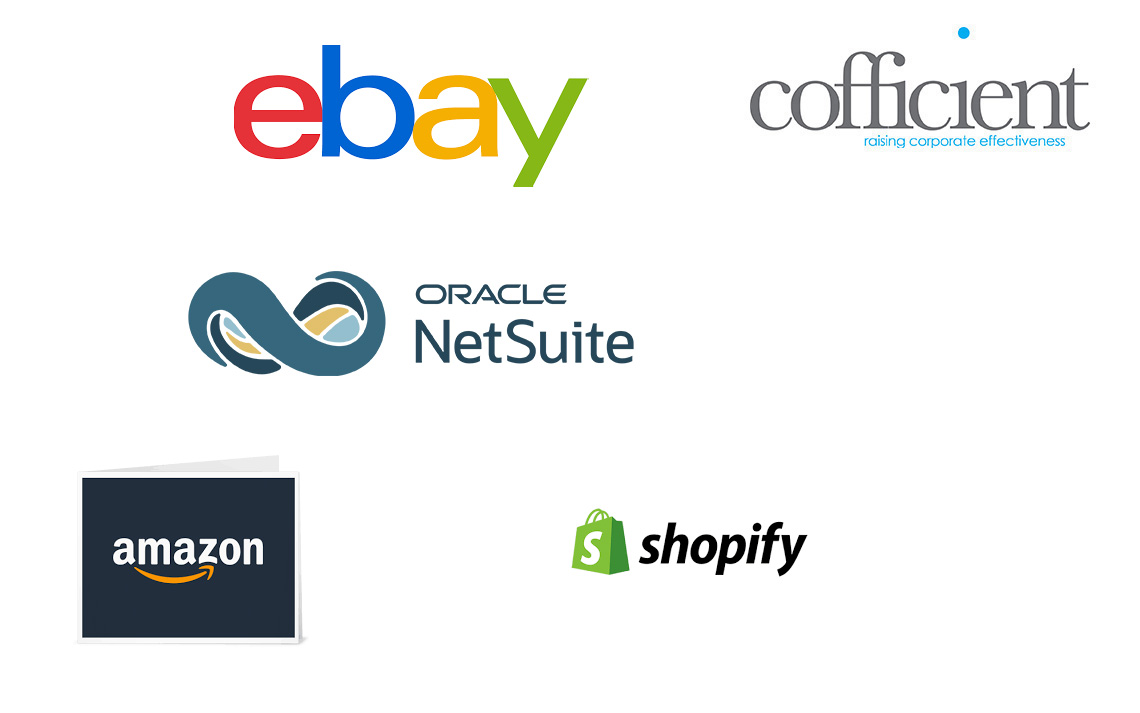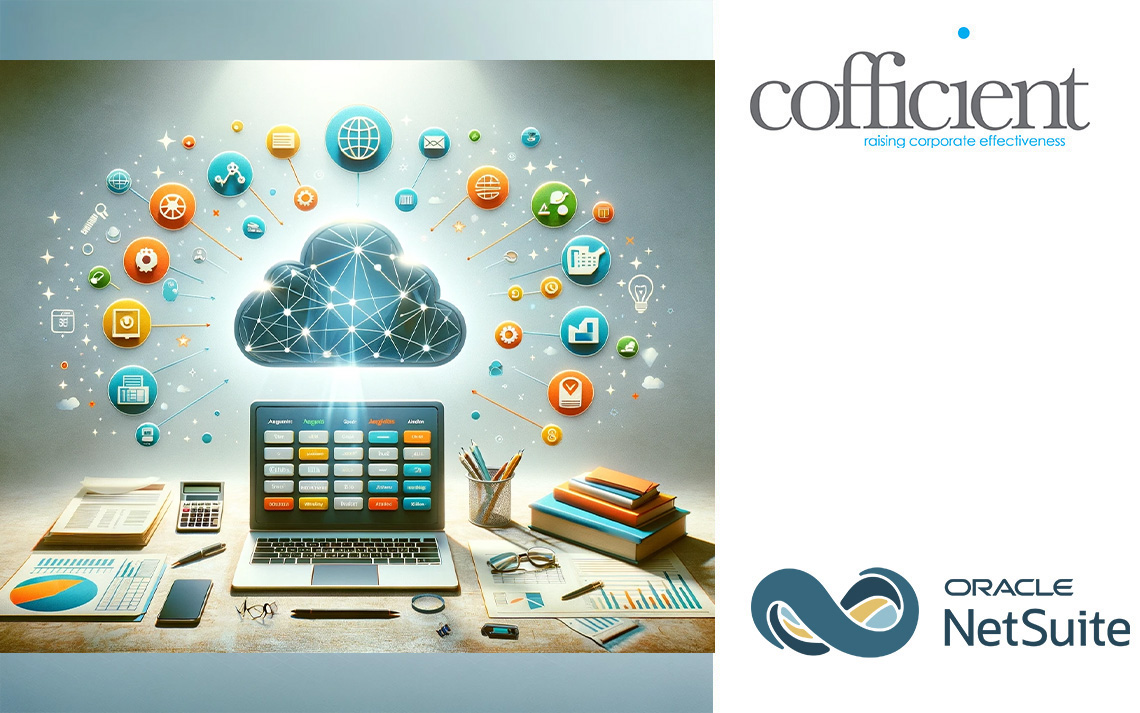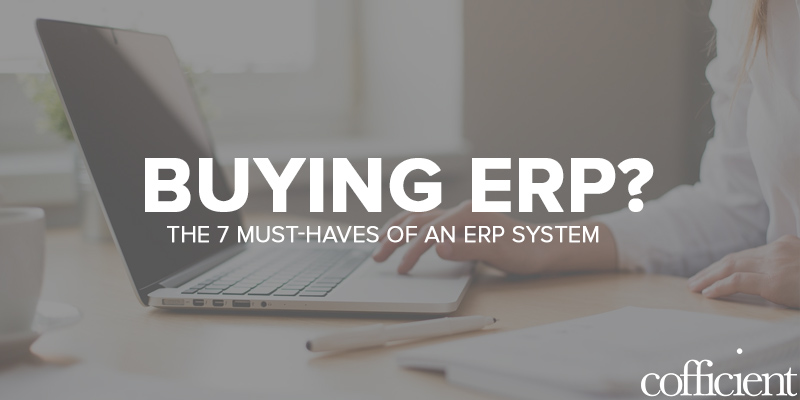
Buying ERP?: The 7 Must-Haves of an ERP System
ERP systems have numerous components, functions and ways to be deployed.
When it’s time to select the Enterprise Resource Planning (ERP) system that will support your business operations in the fashion, apparel, footwear and accessories industry, finding the right ERP system for your needs can be a daunting task. Don’t get bogged down by the endless options; in fact, we would argue that there are only 7 critical functions to consider.
1.Process Integration
According to a recent survey by PricewaterhouseCoopers (PwC), only 18 percent of companies surveyed have removed operational silos in their organisations. Business silos in organisations continue to be one of the biggest barriers to operational performance, effective communication, speed to market and profitability.
By implementing a next-generation ERP system, companies have the ability to automate and integrate internal and external processes to ensure “one version of the truth,” no matter where the information is gathered and stored—thereby eliminating operational silos.
An ERP system that integrates all of this data and produces key decision-making results can provide your company with a streamlined and more agile competitive edge.
Working from the same database of information, companies are able to make better and more-efficient business decisions, collaborate more effectively, shorten time to market and improve productivity.
2.Actionable Intelligence Capabilities
As a business, you have tons of valuable information, but what do you do with it and what does it all mean? Detailed analytics and rapid report availability is key. The easier the ERP software is for executives and everyday users to transform the data into real actionable intelligence and insight, the easier day-to-day business processes are managed.
The latest ERP systems offer actionable intelligence tools to understand what is happening in the business right now and how you can move forward. It’s one step further than what’s been called business intelligence, which is just the culmination of data. Many organisations are now thinking about how to make the leap from spreadsheet-based data and business intelligence to a more real-time, dashboard-based analytics environment.
In a recent ERP survey, respondents overwhelmingly indicated (92 percent) that they plan to maintain or increase their spending on analytical capabilities.
Intelligence and data that are actionable drive better business decisions to improve customer service, profitability and growth.
3.Verticalisation
When embarking on an ERP implementation, it’s essential for your software and service provider to know your business. Every industry has its own requirements; from terminology to specific functionality, and a one-size-fits-all ERP will leave you with many gaps and needed customisations. Customisations are expensive and difficult to maintain over time as system updates are released.
Whether you’re in a specialised vertical such as footwear or are a well-known manufacturer, ensure your ERP provider is an industry expert. Start the discussion at a business level and evaluate how a specific ERP solution will be able to help you achieve your specific business needs. Consider the core values of your ERP vendor if you are looking for a true business partner.
4.Cloud Hosting
If you aren’t already using cloud applications consider implementing your ERP in the cloud or replacing some of your legacy systems with more modern cloud-based platforms.
The question is no longer about whether or not the cloud trend will continue, but it is instead about which organisations will move in this direction and which ones won’t.
Cloud-hosted ERP has significant cost and operational benefits related to several of the “must-haves” identified and is becoming increasingly more attractive for companies looking to implement an ERP system. Cloud-hosted ERP is rapidly taking market share from traditional on-premise and SaaS-based applications.
5.Flexibility and Adaptability
In the fast-paced world of business, every ERP must be flexible enough to support changing business models such as direct-to-consumer distribution strategies, increasing supply chain complexities, social and ethical compliance requirements and growing governmental regulations. Review the areas of your operation, which will likely change in line with market needs on a regular basis.
Will the ERP system you select be able to accommodate adjustments to specifications, internal processes, changes in business strategy, industry trends or customer needs?
In addition, keeping the ERP system running smoothly and supporting users on a daily basis is critical to all phases of your operation. Where will you and your ERP provider’s staff be located? Some industries operations tend to be global and around-the-clock. Find a true business partner that meets your needs now and as your business evolves and grows.
Questions to ask:
- Will the partner provide managed cloud services so we can worry less about maintenance and support and spend more time focusing on business?
- Can the partner support adding locations, ad-hoc deployments and international expansion?
- Does the partner always include disaster recovery, patch management and systems upgrades?
- Does the partner have verified expertise in support for ERP systems?
- Can the partner deliver the highest security to all of our locations?
6.Mobility
74% of top performing companies support the use of mobile applications and technologies, Aberdeen Group Research Report, 2015
Employees and executives need the tools and flexibility of working on-the-go and not be tied to their desks. Your customers want to order your products from their mobile phones and tablets. Mobility is now an imperative for the entire end-to-end product lifecycle. The integration among the ERP, sales applications and other solutions is crucial.
As technology devices and capabilities have grown, mobile and role-based apps are becoming the newest game-changers. Applying them is a logical and crucial step in the businesses evolution; it’s hard to find reasons why an any manufacturer concerned with its brand wouldn’t go mobile.
With the advent of Apple Watch and other smart watches, companies and vendors are also exploring how to best deliver ERP application information to wearable devices.
7.Great ERP User Experience
Finally, what does your ERP user interface and experience look like? Is it intuitive and easy to use?
ERP vendors are increasingly moving toward making the system module screens work more like social media—Facebook and Twitter style. Social media and customer interaction have more of an impact on business decisions than ever before.
Will your team be able to see the latest social media feed, images of your production and adjust their approach to respond to customer feedback? This will require more varied insights and analysis of “big data” to keep you ahead of the curve.
All 7 of these ERP functions should be reviewed in your system requirements, software demonstrations and evaluation process. Then, prioritise them based on your business objectives. Keep them in plain sight, and review and revise them as often as necessary during your ERP selection and implementation process.
Download Our Guide. Everything You Need To Know About Buying Software
